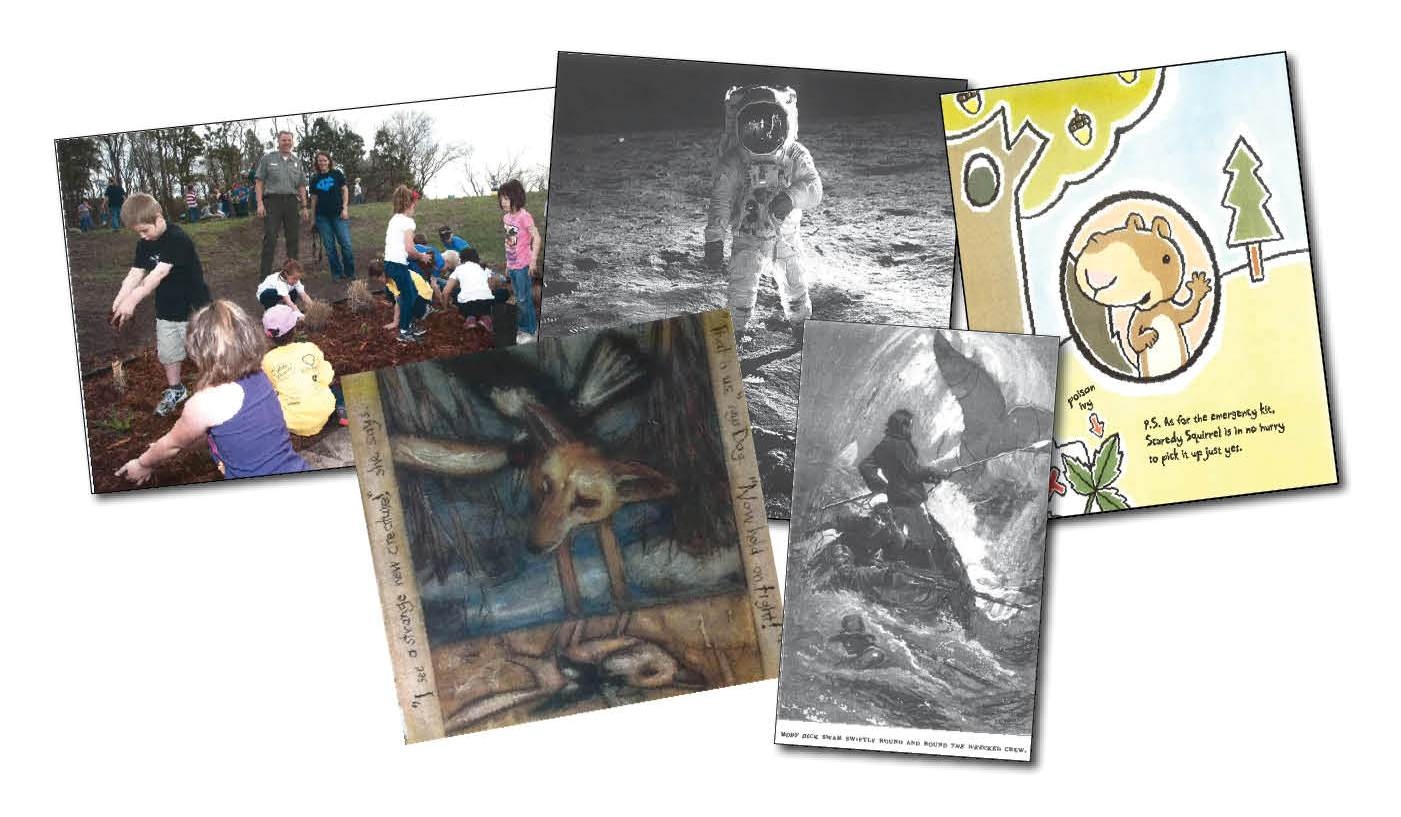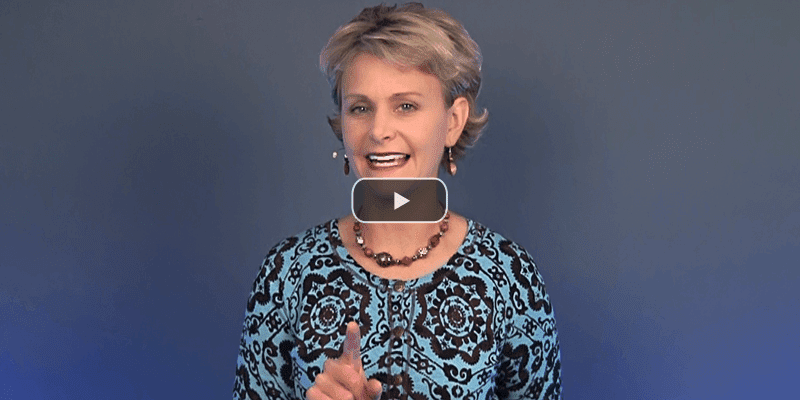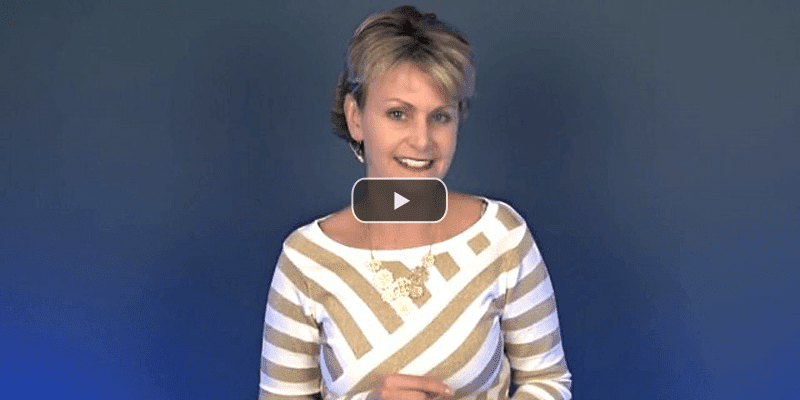Learning Center
reading
Define visual evidence as observable details
may 6, 2018
Evidence to support answers, ideas, or inferences usually comes from print text. However, powerful support can also come from a related visual, such as a photograph or illustration. But for students to use this type of media as a source for information, they need instruction on where to look and how to record such evidence.
What to notice
Within a photograph, anything that can actually be seen or pointed at counts as evidence; any detail that is observable.
For example, pointing at budding trees and blooming tulips within an image count as details. They support the claim that “It’s springtime.” But “springtime” is not evidence; it’s an inference. Clarify observable details versus personal interpretation.
Where to look
When looking for evidence in a photograph, focus on three places:
- PEOPLE/SUBJECTS: When analyzing individuals or groups, record details such as gender, hair color, skin type, body shape, clothing/accessories, posture/stance, etc. When the image focuses on a subject or concept (e.g., parts of a cell, predator hunting its prey, etc.), then note its attributes like size, color, shape, etc.
- ACTION/ACTIVITY: Identify what the person/subject is doing. Consider movement, events, actions, etc. Describe what is happening.
- SETTING/OBJECTS: Note observable details around the main subject. Identify objects within the foreground and background (e.g., props, setting, lighting, shadows, signage, etc.).
How to record
Remind students of these three facets using a Recording Observation template.
While studying a visual, have students record only the visible details; the ones that the reader can touch within the image. Here are several examples using a variety of images.

These observations, which define the details within the photograph, lead students to make bigger evidence-based inferences about the text.




